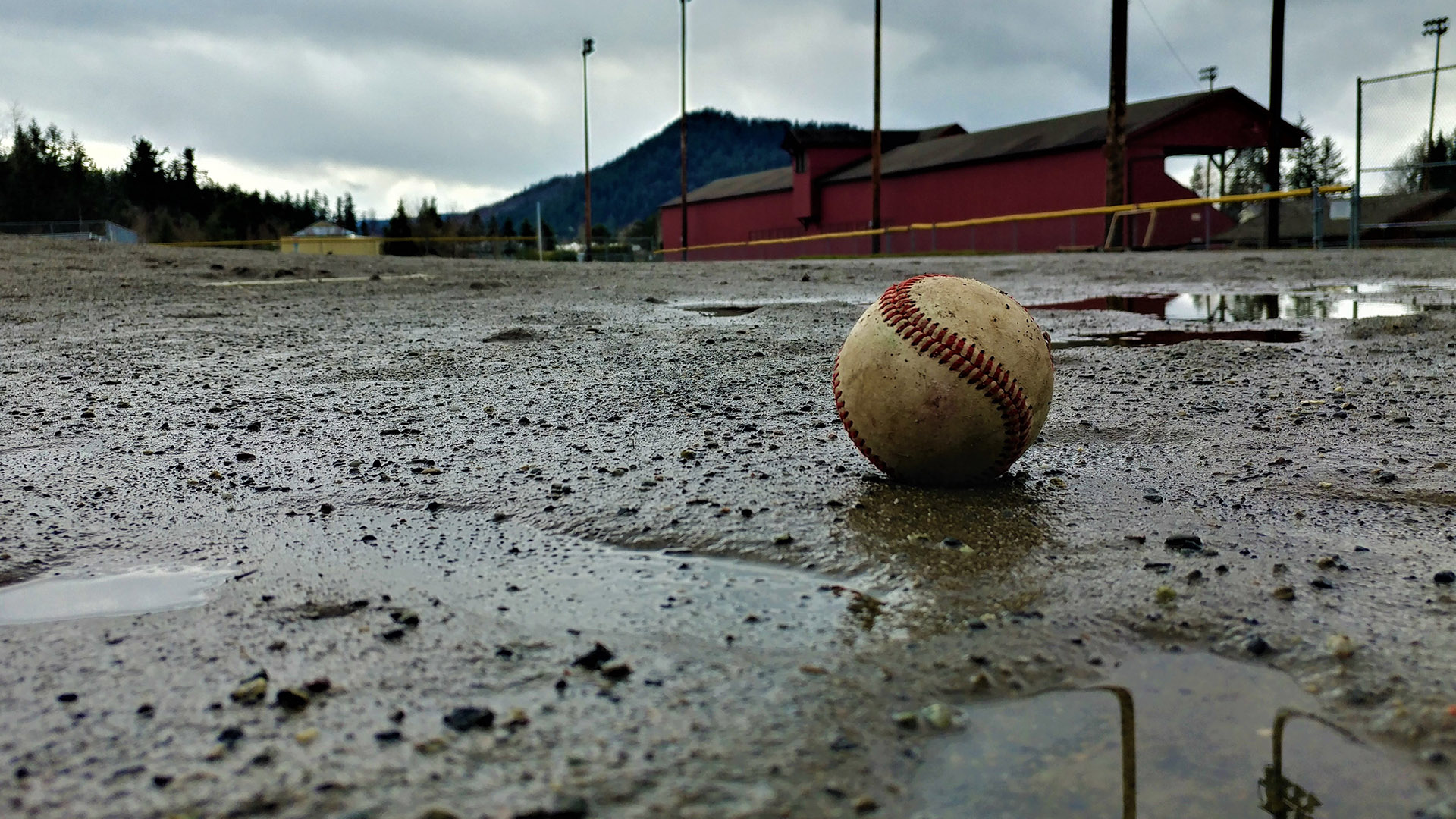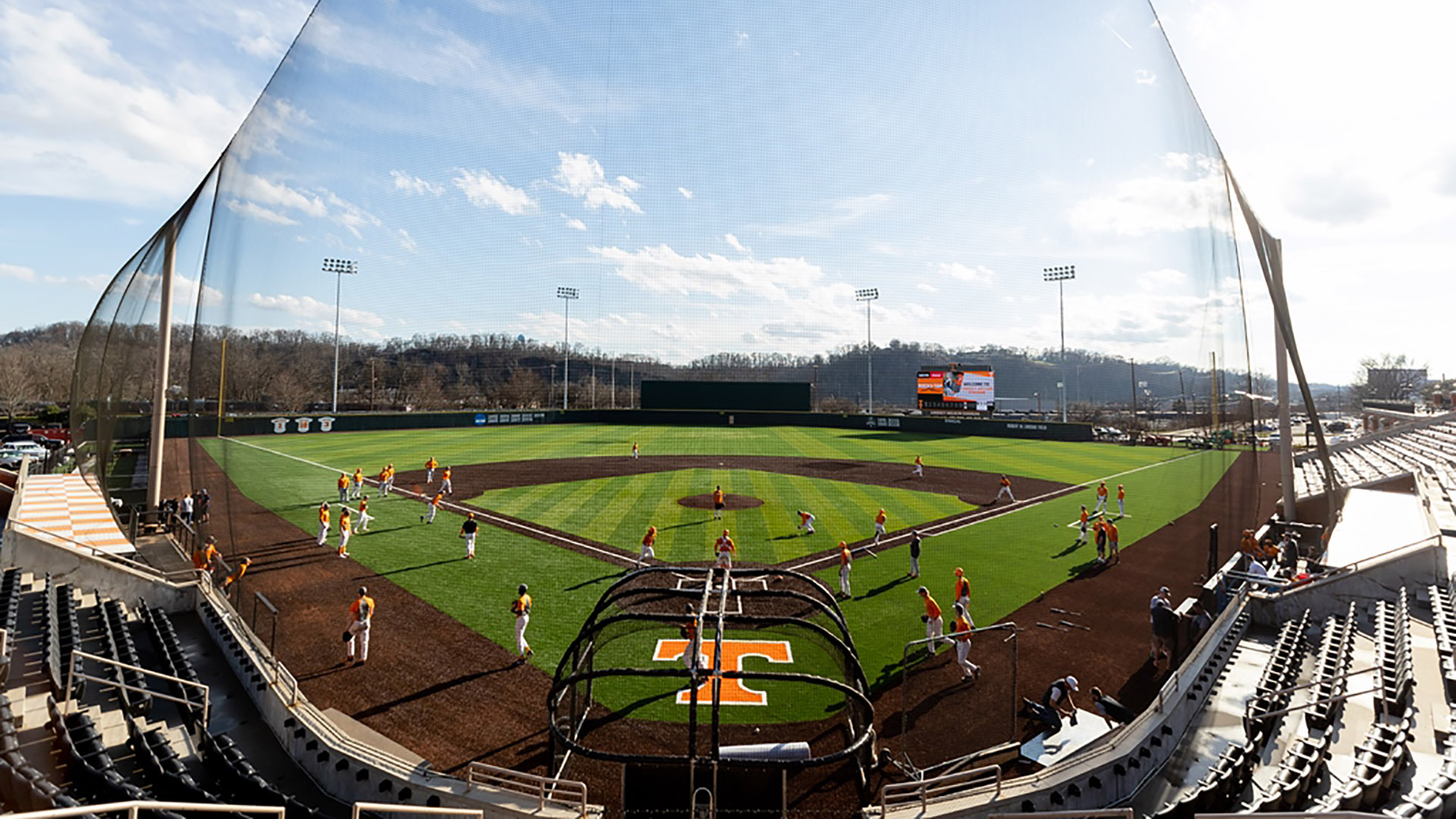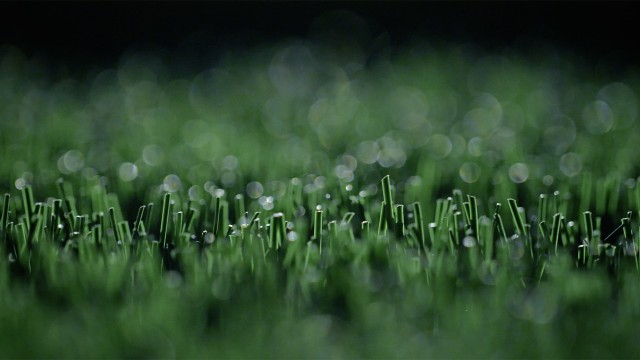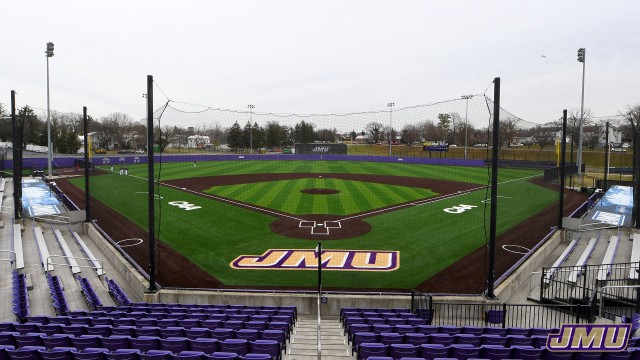As artificial turf for baseball is quickly increasing in popularity, many communities and facility owners are starting to weigh the cost of installing a synthetic surface instead of natural grass.
A recent report prepared by Atlanta-based planning, engineering and landscape architecture firm Eberly & Associates for Woodward Academy in East Point, GA, sheds significant light on the topic.
The firm combined initial installation and annual maintenance costs for a new baseball field at a college-preparatory school with an estimated annual hours of usage to perform a 10-year lifecycle and hourly cost analysis of both artificial turf and natural grass.
The report concluded that over 10 years, the cost per hour of a synthetic turf was less expensive than natural grass.
| Artificial Turf | Natural Grass | |
|---|---|---|
| Total Cost | $895,041 | $550,102 |
| Assumption of Available Use | 48 weeks per year, 42 hours per week | 40 weeks per year, 20 hours per week |
| Total available hours | 2,016 hours | 800 hours |
| Cost per hour | $44.40 | $68.76 |
Maintenance costs for grass were estimated at $23,000 per year, while annual maintenance costs for synthetic turf were estimated at $5,000.
“The availability-of-use calculation varies among researchers and manufacturers, but generally it is thought that with weather issues (i.e. drainage from large rain events) and maintenance requirements — which include actual field maintenance and resting a natural field from use — a synthetic field would have anywhere from two to three times greater availability of use,” the report concludes.
Even if the drainage on a grass field is considered to be “good,” as Eberly & Associates noted, heavy rains can make a natural turf field unplayable for days.
The results of the firm’s analysis indicate that even though upfront costs for a synthetic turf baseball field might be higher than grass, turf will pay long-term dividends in the form of less maintenance and extended use over a 10-year period. Cost isn’t the only factor to consider when examining artificial turf vs natural grass for baseball.
Here are five key reasons why baseball should be played on artificial turf
True Playability and Predictability
Synthetic turf is the great equalizer in all sports, but perhaps more so in baseball. FieldTurf DoublePlay systems were designed to allow bounces and hops to play consistent regardless of where the ball hits, allowing players on both teams to anticipate ball movement on an even playing field.
"Man, this stuff is good. I believe that playing on our FieldTurf field has helped in terms of getting our guys used to consistent play and focusing on making plays. It has been a contributor to our success and has helped Oregon State Baseball strive to reach the next level.” Pat Casey, Head Coach, Oregon State Beavers
Reduced Maintenance and Less Abrasion
The primary challenges of maintaining a baseball field come from the infield and the dirt, which is why many facility owners opt to install a synthetic infield and baselines first, while keeping natural grass in the outfield — at least for the time being. FieldTurf’s high-performance DoublePlay fibers, which combine the biomechanical properties of natural grass with a durable synthetic system, have been proven to be less abrasive than other surfaces when sliding.

Less Rainouts
As any baseball player, coach or manager can attest, sitting in the dugout watching rain cascade down from a gray sky is one of the lowest feelings in world. With a FieldTurf DoublePlay surface, which is designed for all-weather playability and ready for action during even the heaviest of rainfalls, we can reduce rainouts drastically. The SureLock patented coating system is strategically applied to allow most of the FieldTurf surface to breathe and remain naturally porous for unmatched drainage capabilities.

Earlier start and later finish to the season
Teams on turf can practice outside earlier and later than their grass-field rivals, who must take indoor batting and fielding practice until the snow melts and their grass field is playable. Turf also allows coaches and players to use the entire field for drills and other practice activities without worrying about overusing certain sections. A synthetic surface also allows for added availability for surrounding communities.
"We made this decision with player development in mind. Converting the field from natural grass to an artificial surface gives (head coach Tony) Vitello and his staff more flexibility in terms of when they can practice and how they can practice. It also expands the calendar in terms of scheduling games and camps. Getting greater, year-round use from the facility was also something we desired. We expect this new surface to open up new opportunities for youth baseball events, community service and beyond, strengthening the Knoxville community's bond with Lindsey Nelson Stadium and Tennessee Baseball." Phillip Fulmer, Director of Athletics, University of Tennessee

It's a beauty
As a recruiting tool in the offseason, nothing speaks to a prospect like a beautiful home field: It showcases optimal performance, safety, aesthetics and no mud. With a multitude of designs capabilities, color patterns, selection of infills and more, a program can truly build a unique home for their athletes.


